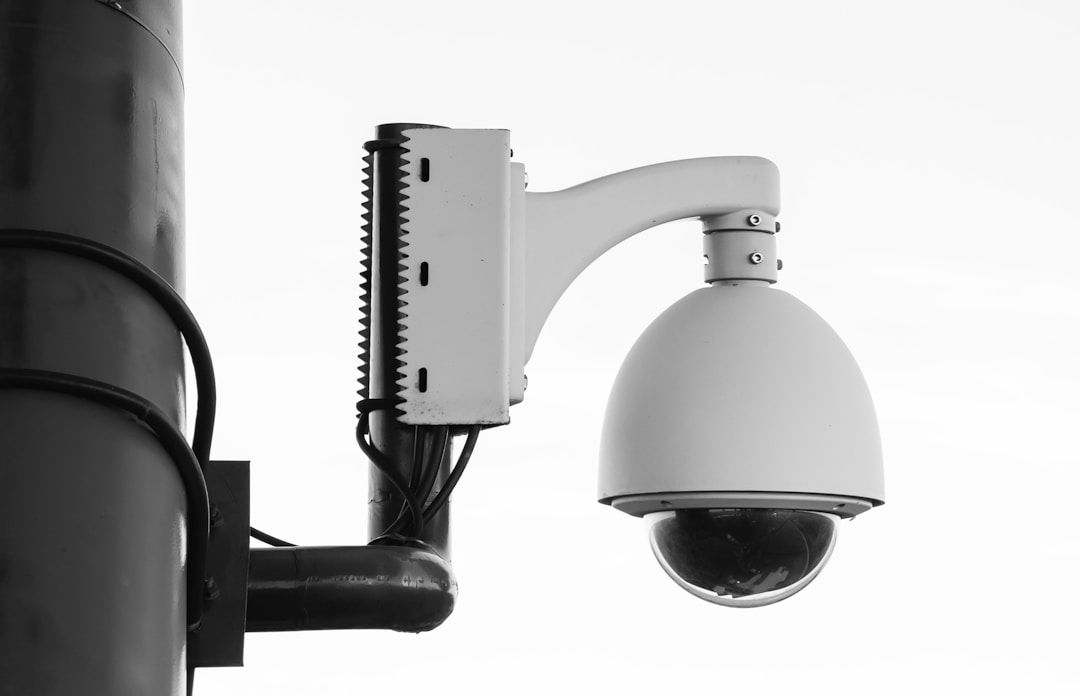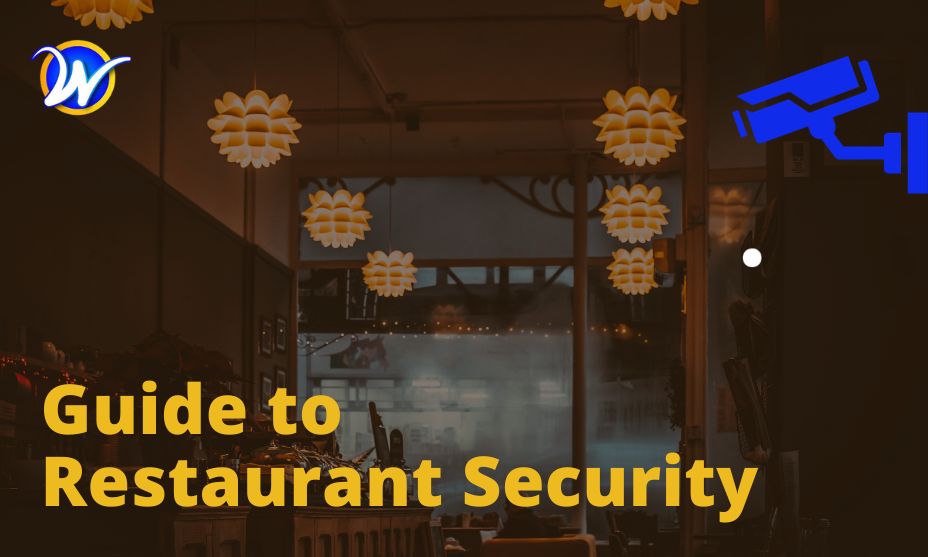As the restaurant industry continues to grow, the need for increased security is essential. In this article, we will discuss the restaurant security, focusing on its importance, key components associated with a robust restaurant security system, staff training, food and drink safety standards, and optimizing restaurant design for enhanced security.
Importance of Restaurant Security
Securing your restaurant is more than just protecting your investment. It’s about ensuring the safety of your employees and your customers, guaranteeing the best possible dining experience. Restaurant security spreads across various dimensions, including physical security, health and safety regulations, and cybersecurity.
Robust restaurant security measures can go a long way in circumventing issues such as theft, vandalism, and food contamination. Achieving successful restaurant security involves adequate risk management strategies—which are essential in ensuring the longevity and prosperity of your restaurant.
Data protection is also an essential component of restaurant security. With emerging technologies, such as digital payment systems, restaurants are now tasked with protecting sensitive customer data, thus ensuring the reliability of their services.
Only through comprehensive security measures can restaurant owners genuinely claim to offer a secure dining atmosphere. Today, diverse tools such as high-end restaurant security cameras are readily accessible to bolster your restaurant’s security system.
Key Components of a Robust Restaurant Security System

A well-implemented restaurant security system can deter criminal activities, provide evidence when incidents occur, and help ensure the safe operation of the food establishment. But what does a comprehensive system entail?
Components of an effective restaurant security system may include security cameras, alarm systems, adequate lighting, secure payment systems, and cybersecurity measures, among others. CCTV cameras allow real-time security of all areas of the restaurant, adding a strong deterrent against any ill-intended activities.
Intrusion alarms provide further security by alerting staff to any unauthorized or forced access attempts. Additionally, adequate lighting both inside and outside the restaurant dissuades potential thieves or vandals by increasing their likelihood of being observed.
With the increasing popularity of digital transactions, secure payment systems and solid cybersecurity measures are vital to ensure perimeters against data breaches are maintained effectively.
Read Also: The Top 6 Cyber Security Challenges
How To Adequately Train Staff About Security Protocols

Training staff in security protocols can drastically reduce security risks. Such training should be a multifaceted process, teaching employees on a wide range of security aspects.
Employees should be trained to recognize possible threats such as suspicious activities or behaviors. This could range from identifying possible cyber threats to spotting potentially volatile customers or situations.
Further, employees should be educated about the importance of hygiene and food safety protocols to prevent food contamination or illness. This includes knowledge of safe food storage, handling, and preparation methods.
Finally, training can involve familiarization with security equipment procedures. Therefore, if an alarm is activated or suspicious activity is spotted on a security camera, the staff would know how to respond appropriately.
Implementing a Food and Drink Safety Standard
Implementing food and drink safety standards is of utmost importance in the restaurant industry. They help maintain quality and assurance that all products served to customers are safe for consumption.
These standards govern various aspects of food handling, from storage and preparation to serving. Employing these standards aids in minimizing the risk of foodborne illness outbreaks, ensuring customer satisfaction, and maintaining the reputation of the restaurant.
Examples of safety standards include temperature control procedures for storing and cooking food, appropriate cleaning, and disinfection routines for surfaces and utensils.
These standards shouldn’t be taken lightly. Regular food safety inspections and audits should be undertaken to ensure compliance, adding another layer of security for your restaurant.
Overall, securing your restaurant should be an ongoing endeavor. As the risks evolve, so must your strategies. Your vigilance in implementing and maintaining these security measures contributes significantly to your success in the restaurant industry.



